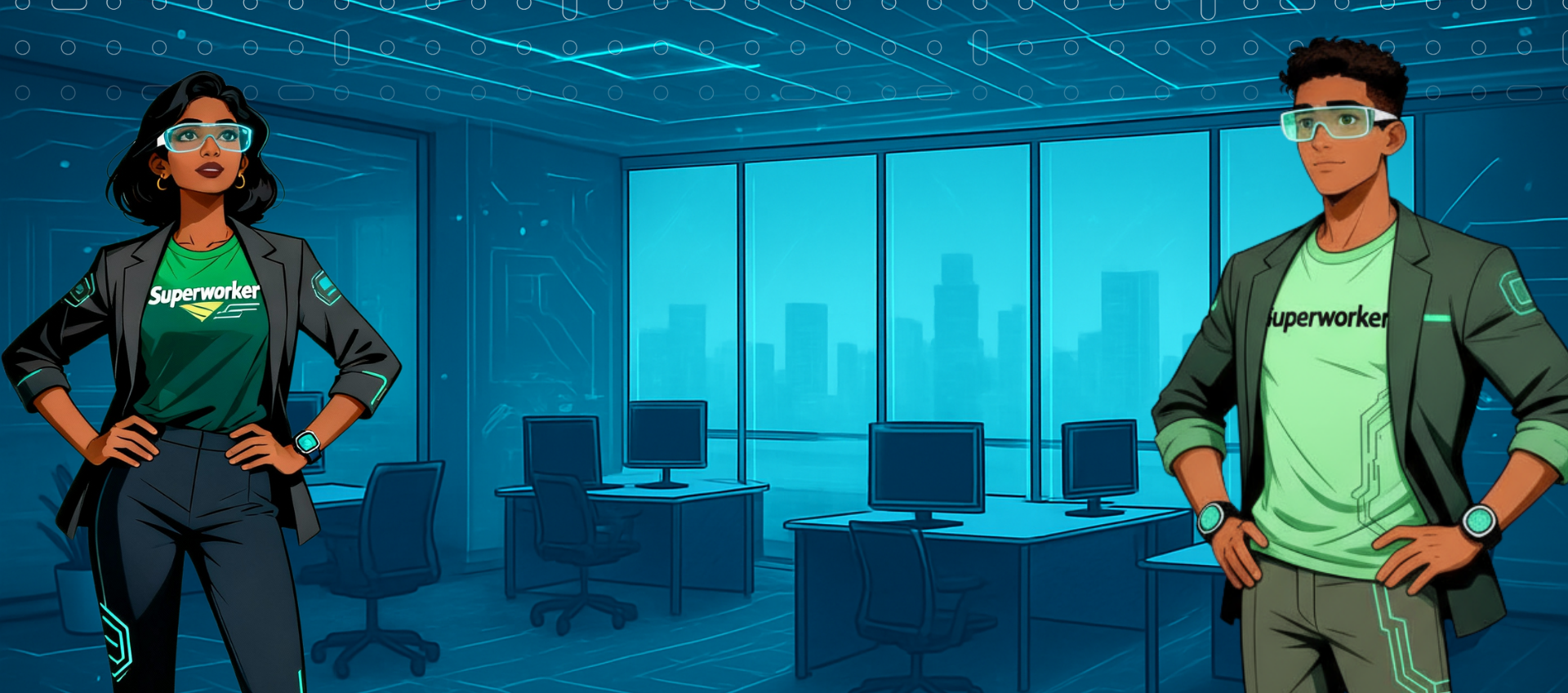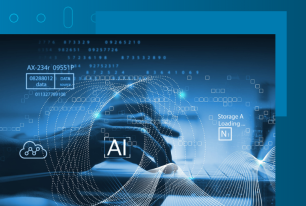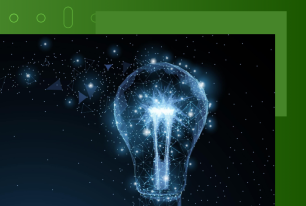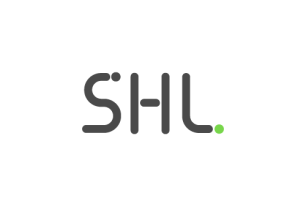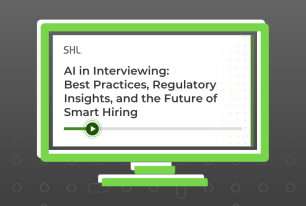Empowering the Superworker: Unlocking Critical Skills in an AI Era
Superworkers are the employees who turn AI from a tool into a performance multiplier. Superworker skills can be identified and developed with objective measurement, not guesswork. Discover how to measure Superworker skills, why behavioral skills drive AI readiness, and how to mobilize talent for AI-powered work.
Share
The Superworker advantage
AI continues to reshape jobs by automating tasks and creating efficiencies at a scale and pace we have never seen before. But the real value of AI doesn’t come from the technology itself, it comes from the people who know how to harness it effectively.
In a recent skills analysis of one million professionals globally, we found that only one in three employees demonstrate the skills needed to thrive as Superworkers. That means two out of three employees are not yet ready for the demands of AI-powered work, creating both an urgent challenge and an exciting opportunity for HR.
Superworkers do not just automate tasks with AI; they use it intelligently to reimagine workflows, amplify productivity, enhance creativity, and improve decision‑making. Organizations that invest in Superworker capabilities can unlock the potential of their people and create sustainable competitive advantage.
Decoding Superworker DNA
In partnership with the Josh Bersin Company, SHL has decoded the DNA of the Superworker and translated it into a set of behavioral skills that underpin and differentiate the readiness of a Superworker.
The Superworker skills model consists of four capability clusters that shape AI readiness: AI literacy, analytical ability, continuous learning, and AI promotion. These skills are not about coding ability or current AI use, but reflect durable behaviors that predict success in AI-integrated environments which can be developed.
Measuring behavioral skills objectively provides transparency and fairness, giving employees clear feedback and development pathways that reduce fear and build trust in AI adoption. When AI readiness is linked to skills organizations can:
- De-risk transformation: leaders can ensure their people have the skills to thrive in reshaped roles, reducing false starts and costly missteps.
- Drive development: employees can get transparent feedback on their skills, building trust in AI-collaboration, not fear. This creates a learning culture, providing new opportunities through personalized skills development, unlocking potential and growth.
- Accelerate growth: Linking AI adoption to behavioral skills creates a multiplier effect. When people are confident in using AI, and skilled in critical reasoning and embracing new ideas, productivity and innovation rise significantly.
From roles to skills-powered work
By leveraging skills data, organizations can drive role evolution, from narrow, manual, task‑based work to AI‑enhanced roles where people are empowered to automate tasks and accelerate workflows. As AI‑readiness is scaled across teams, productivity gains make it possible to redesign roles around uniquely human skills—led by Superworkers.
This approach enables fluid career paths where talent is mobilized with ease, matching people to opportunities, and opportunities to people. Instead of a workforce built on perishable skills that become redundant over time, organizations can create Superworkers that have the skills to stand out and contribute to long-term success and growth.
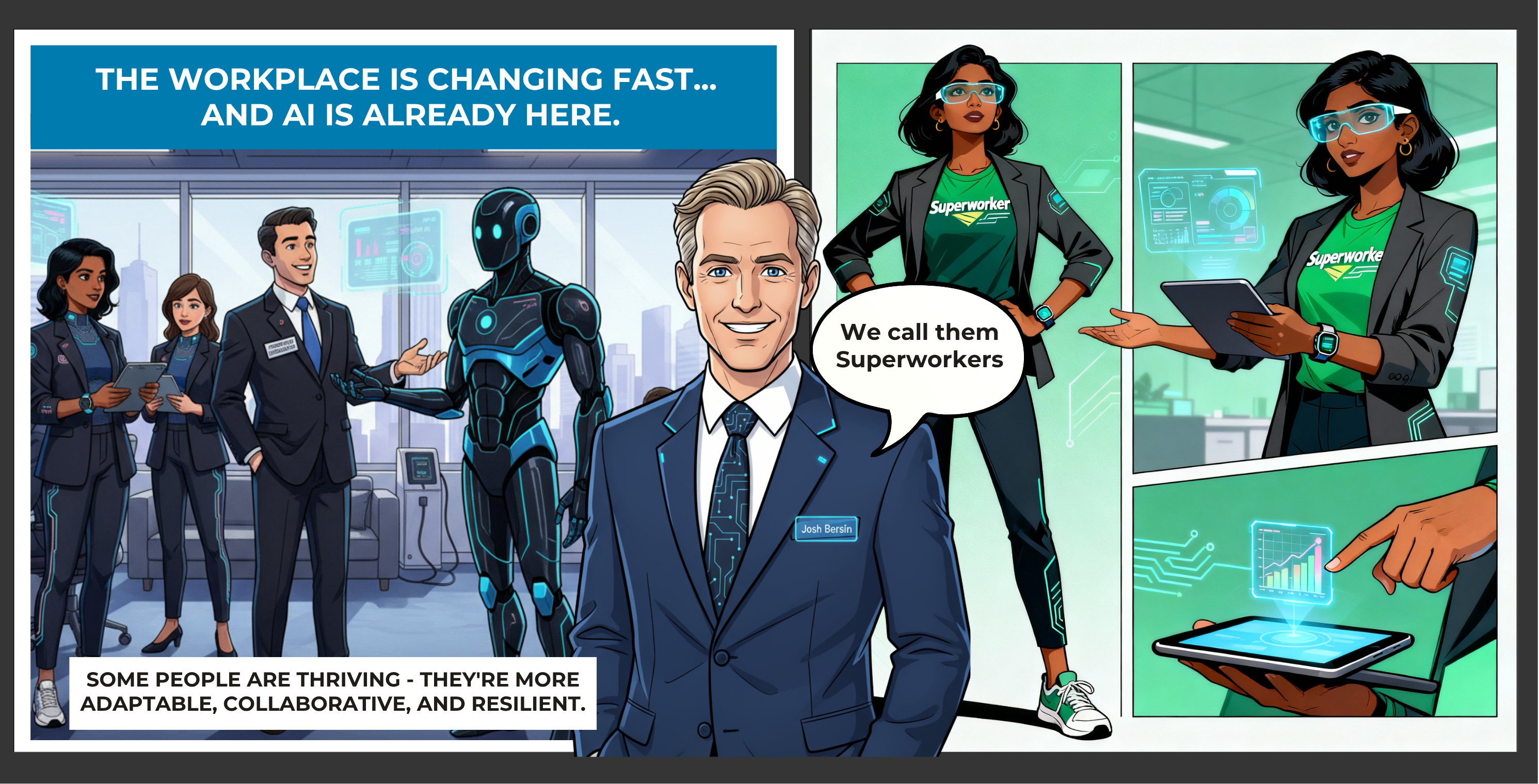
Is this a breakthrough?
Visit shl.com/Superworker for the full guide on how Superworker measurement works in practice, and to sign up to the Superworker Skills Research Program for free!
